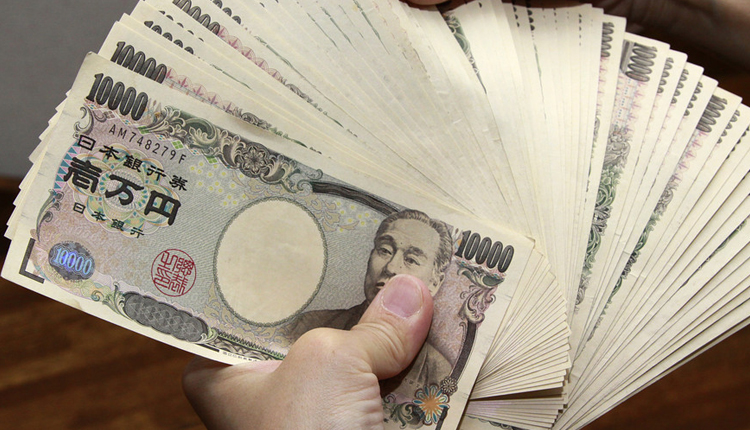Yen strengthened on Monday, thanks to bigger appetites for safe-haven assets as Washington and Beijing put additional tariffs on each other’s exports, adding to the gloom hanging over the global economic outlook.
Gold, which tends be bought with the yen during times of economic uncertainty, also rose on Monday by the most in almost a week as investors were drawn to so-called risk-off trades.
The offshore yuan initially fell trading but pared its losses after a private survey on Chinese manufacturing in August beat market expectations.
Declines in Asian shares on Monday offered more evidence that traders were steering from risk, which is likely to be an important factor behind currency market swings in coming weeks.
“There are a lot of risk events this week from U.S. and Chinese economic data, which should help us see who is hurting more from the trade war, but we don’t think a solution is imminent,” said Rodrigo Catril, senior foreign exchange strategist at National Australia Bank in Sydney.
The yen rose around 0.1 percent versus to dollar to 106.15 in Asian trading.
The Japanese currency rose around 0.2 percent to 71.43 versus the Australian dollar and advanced around 0.2 percent to 66.88 per New Zealand dollar.
rose 0.29 percent to $1,524.05 per ounce.
In the onshore Chinese market, the yuan traded at 7.1611 per dollar, versus its previous close of 7.1580.
In the offshore market, the yuan initially fell versus the dollar but managed to trim its losses to trade at 7.1686 yuan per dollar, down around 0.1 percent.
China’s factory activity unexpectedly expanded in August as production edged up, the Caixin/Markit Manufacturing Purchasing Managers’ Index (PMI) survey showed on Monday, but orders remained weak, suggesting sentiment is likely to remain fragile.
The United States slapped 15 percent tariffs on a variety of Chinese goods on Sunday — including footwear, smart watches and flat-panel televisions — while China imposed new duties on U.S. crude oil.
Data coming this week includes a survey on Chinese services and August trade numbers on Sunday. There will be manufacturing and services surveys for the United States, which will also release data on its trade balance and non-farm payrolls.
U.S. President Donald Trump said the sides would still meet for talks later this month, but hopes for a resolution to the trade war have diminished.
Foreign-exchange trading could be subdued on Monday as U.S. financial markets are closed for the Labor Day holiday.
The dollar index against a basket of six major currencies was little changed on Monday at 98.821.
Risk sentiment could also take a hit due to ongoing protests in Hong Kong over China’s rule of the city.
Thousands of protesters blocked roads and public transport links to Hong Kong airport on Sunday in a bid to draw attention to their fight for democracy.
The euro stood at $1.0991, unchanged in Asia, but sentiment for the common currency was weak after it tumbled on Friday to the lowest in more than two years.
German Chancellor Angela Merkel’s conservatives and her coalition partners held off a surge in far right support in two state elections in eastern Germany on Sunday.
The result averted an immediate political crisis in Europe’s largest economy, but expectations are high that the European Central Bank will cut interest rates at its next monetary policy meeting on Sept. 12, which could weigh on the euro.
Sterling traded at $1.2158, down 0.07 percent so far on the day.
Source: Reuters
